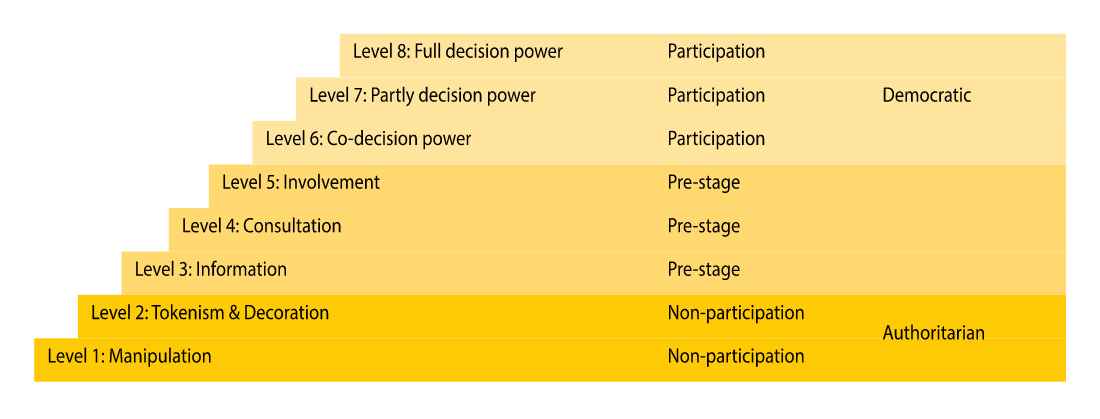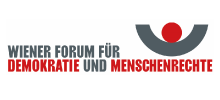Scenario #1
Political awareness raising / understanding of the political self

Aims / objectives
The aim of political awareness training is to strengthen political awareness of one's own possibilities of influence, one's own "political biography" and political socialisation, the role of the individual in society, power distribution, injustice and social structures. This method aims to raise awareness that people have different amounts of power or influence in different situations in their lives and that they may be less or more powerful than others in some areas of life; it calls for reflection on how they act in these situations, what these situations do to them and in what ways they can influence these situations and the underlying structures. The relationship of the individual to the state, their role as a citizen and the relationship between freedom and equality can also be consciously reflected upon.
Description of the method
Participants are asked various questions aimed at consciously reflecting on one's own political self and perceiving oneself as a political person:
- In which situations can you influence your life yourself? (give several examples like work, school or family, leisure, etc.)
- In which situations of your everyday life do you feel self-efficient, powerful?
- In which situations do you feel powerless? (again, think of concrete life situations at your workplace, in school, other circumstances)
Participants can first reflect on these questions individually, then discuss them in small groups or in the plenary.
Depending on the context, they can write down their answers or call them out to the facilitator to categorise and write them down. In a more casual context, such as talking to young people outside a formal context, it is sufficient to discuss these questions. They do not necessarily need to be written down to raise political awareness.
Variation: Ladder of participation
You can deepen the exercise by showing the ladder of participation and asking the participants to position themselves on the ladder with regard to different life situations, especially in the context of their workplace and/or school.

Graph: Ladder of participation (own, expanded illustration according to Arnstein 1969).
Overview
| Name of the method | Political awareness / political self |
| Target group | Especially people with little political experience and knowledge |
| Duration | 30 minutes to 1 hour |
| Spatial requirements | No special requirements |
| Competences | Self reflection, critical thinking |
| Objectives | Awareness raising about own political biography, socialisation and power relations |
| Method description | Individual exercise between trainer and participant or group exercise with different variations. |
| Social work context | Method is suitable for different contexts in social and youth work because it can be used in a very informal setting, in bilateral talks as well as in more formal settings like workshops or seminars, etc. |
| Preparation | Questions need to be prepared in advance; Facilitators should first reflect about their own political self and also about their relation and influence on participants. |
| Risks | If people are only asked the questions without discussing them with the facilitator or in a group, they can feel left alone with their impressions and, for example, feel very powerless. Thus it is important to accompany the process and to discuss the results of the reflection. |
| Concept / application | Method used by M. Pausch during the study programme MA Social Innovation and workshops for social workers and educators |
| References | Arnstein, R. Sherry 1969. A Ladder of Citizen Participation, Journal of the American Planning Association, Vol. 35, No. 4, July 1969, pp. 216-224. |
Check our Partners




